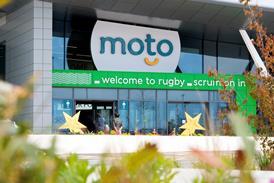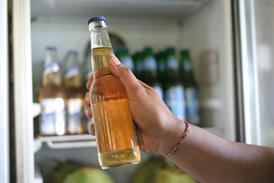Close menu
- Home
- Retail & Wholesale
-
Products & Suppliers
- Back to parent navigation item
- Products & Suppliers
-
Product Categories:
- Back to parent navigation item
- Product Categories:
- Alcoholic drinks
- Bakery
- Cereals & breakfast
- Cheese
- Chicken & poultry
- Chocolate
- Confectionery
- Crisps, nuts & snacks
- Dairy
- Fish
- Fresh produce
- Frozen
- Household
- Meat
- Own Label
- Sauces & condiments
- Seasonal
- Soft drinks
- Vaping
- Vegan & plant-based
- World foods
- Suppliers
- People
- Reports & Data
-
Topics A-Z
- Back to parent navigation item
- Topics A-Z
-
Popular topics:
- Back to parent navigation item
- Popular topics:
- Cost of living crisis
- Crime
- Deposit Return Schemes
- Finance
- Government & Regulation
- Health
- Inflation
- Loyalty
- Marketing
- Mergers & Acquisitions
- New Product Development
- Sourcing
- Supply chain
- Sustainability & environment
- Technology
- Ultra Processed Foods
- Vaping
- A-Z all topics
- Content by type:
- Events
- Ask iA (beta)
- Subscribe now
Nestlé and Unilever are kickstarting a tough new strategic era
By Warren Ackerman2025-06-06T13:57:00

Fmcg CEOs are learning to better pick their battles and prioritise finite resources, says Warren Ackerman, head of European consumer staples research at Barclays
Fmcg is famous for sprawling empires of brands and stock-keeping units (SKUs). Nestlé has 2,000 brands and close to 100,000 SKUs. However, in a world where capital is no longer free, and consumers and retailers are becoming more discerning, making the right choices is key.
Already have an account? Sign in here
Already have an account? Sign in here






